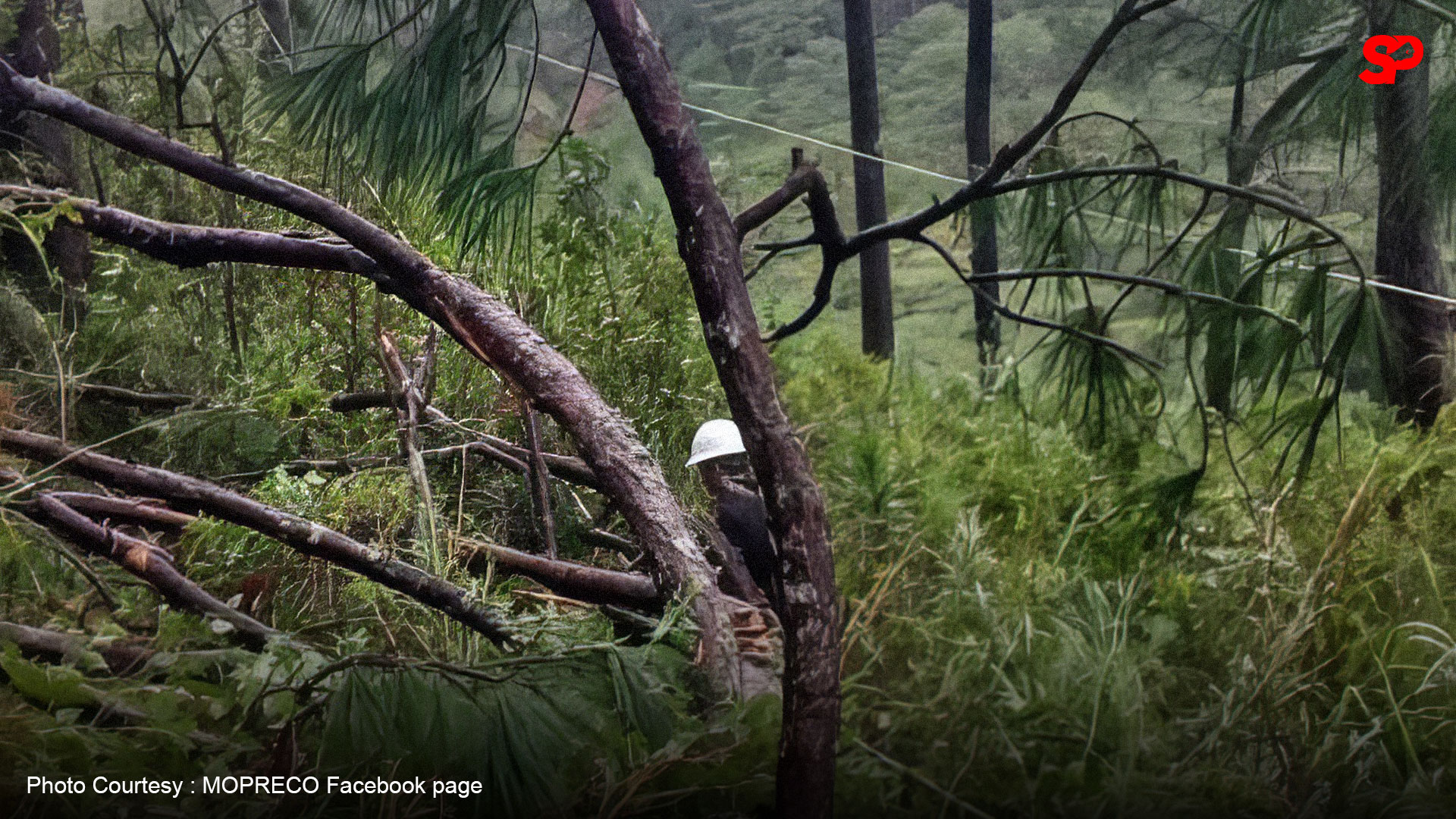MANILA – The Department of Energy has called on all energy stakeholders to adopt a proactive and resilient power restoration approach following a string of tropical cyclones that hit the country to date.
In a news release Monday, Energy Secretary Raphael P.M. Lotilla highlighted the importance of a “build back better” strategy by focusing on the construction of more typhoon-resistant power lines and improving the energy network’s data capabilities.
He also cited the importance of continuously evaluating the wind resistance and structural integrity of existing distribution and transmission lines and other energy assets across the country.
“The goal is to strengthen the power lines in high-risk areas, ensuring that these lines can better withstand the impact of future storms, thus minimizing disruptions and reducing the risks posed by extreme weather events,” he said.
Lotilla stressed that proactive measures will help enhance the resilience of the country’s energy infrastructure and help safeguard communities from prolonged power outages during severe weather conditions.
He noted that while some electric cooperatives have upgraded distribution lines to handle winds up to 280 kilometers per hour, others, including 69 kV transmission lines, remain vulnerable, with maximum wind resistance of only 160 kph.
Mapping critical energy assets such as oil and gas facilities, generation plants, and transmission lines is also crucial to preparing for and safeguarding against emergencies, he said.
Restoration efforts are being undertaken in areas badly hit by Typhoon Pepito (international name Man-yi) across Northern and Southern Luzon, Aurora province, the Bicol Region, and other affected areas to bring electricity back to communities.
As of Monday, partial restorations have been completed on the Bayombong-Lagawe and the Cabanatuan-San Luis 69 kV lines, and restoration continues in areas being served by the Ifugao Electric Cooperative (IFELCO), Nueva Vizcaya Electric Cooperative (NUVELCO) II, and Aurora Electric Cooperative (AURELCO).
Restoration efforts are also underway for the Santiago-Cauayan 69 kV line, which serves Isabela Electric Cooperative (ISELCO), with National Grid Corporation of the Philippines (NGCP) line crews actively working in accessible areas.
Meanwhile, restoration work is underway in areas severely impacted by Tropical Storm Nika (Toraji), including those served by ISELCO I and II, Quirino Electric Cooperative (QUIRELCO), Kalinga Electric Cooperative (KAELCO), IFELCO and AURELCO.
The DOE said NEA, through its Task Force Kapatid program, has deployed 84 linemen, including responders from NUVELCO I, to assist ISELCO I with its restoration efforts.
Moreover, efforts are being made in areas affected by Tropical Cyclone Ofel (Usagi), including those served by Cagayan Electric Cooperative I and II (CAGELCO I and II) and the Camarines Sur Electric Cooperative (CASURECO) III, after it sustained damage from Tropical Cyclone Kristine (Trami).
Lotilla said that as of Sunday, CAGELCO II has restored over 72 percent of its service area, with additional support from Tarlac I Electric Cooperative (TARELCO) and Peninsula Electric Cooperative (PENELCO).
A total of 39 electric cooperatives (ECs) from 26 provinces and seven regions affected by Pepito are currently under monitoring and assessment, while in Catanduanes, the First Catanduanes Electric Cooperative implemented a manual shutdown, affecting 60,657 consumer connections across the province.
“The energy sector remains fully committed to restoring power to affected areas as quickly as possible, demonstrating unwavering dedication to both serving communities and ensuring the resilience of the nation’s energy infrastructure in the face of natural disasters,” Lotilla said. (PNA)

